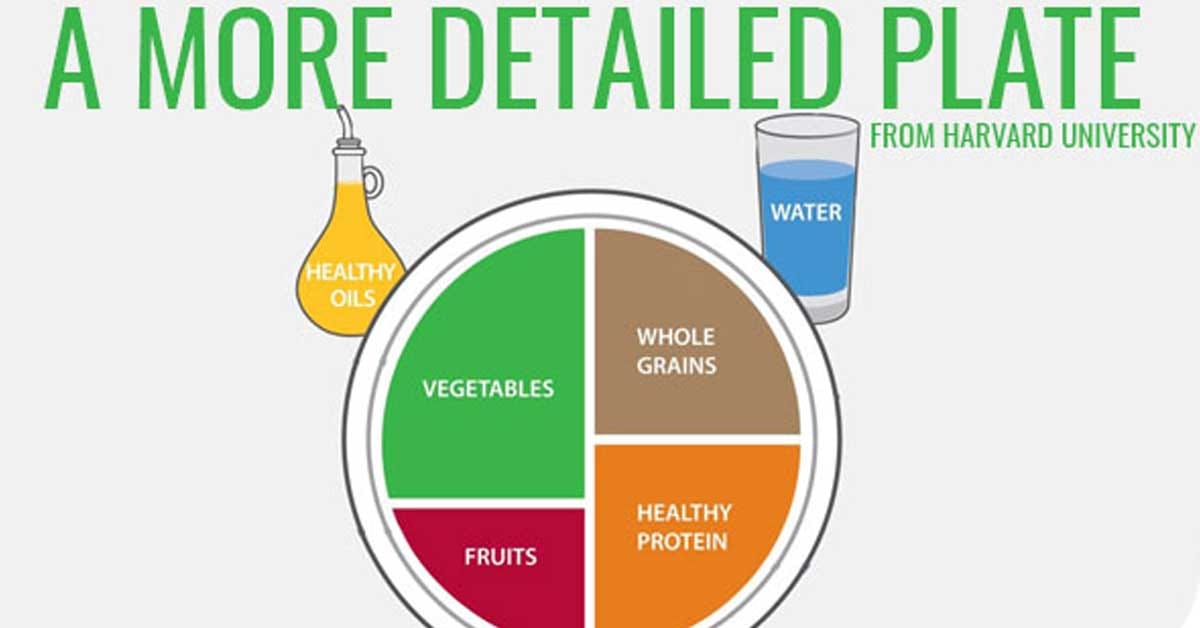Harvard's Healthy Eating Plate offers a scientifically based, easy-to-follow visual guide for creating balanced, nutritious meals. It emphasizes filling half the plate with vegetables and fruits, a quarter with whole grains, and the remaining quarter with healthy proteins, complemented by healthy oils and hydration for optimal health.
Eating balanced and nutrient-rich meals is essential for long-term health, yet meal planning can seem daunting. The Harvard T.H. Chan School of Public Health has developed the Healthy Eating Plate, a visual blueprint designed by experts to help individuals build meals that support overall wellbeing. This approach provides clear guidance on food choices and portion sizes that can be adapted to diverse dietary preferences.
The Healthy Eating Plate divides your meal plate into three main sections:
-
Half vegetables and fruits: Aim to fill half your plate with colorful vegetables and fruits. Variety and color matter since different veggies and fruits offer unique vitamins, minerals, and antioxidants. Dark leafy greens, bell peppers, carrots, berries, and citrus fruits are excellent picks. Importantly, potatoes are excluded from this category due to their high blood sugar impact.
-
One quarter whole grains: Whole grains like whole wheat, barley, quinoa, oats, and brown rice retain fiber and nutrients lost in refined grains. These help moderate blood sugar spikes and keep you satiated longer.
-
One quarter healthy proteins: Opt for fish, poultry, beans, and nuts, which are versatile and nutritious protein sources. Limiting red meat and avoiding processed meats like bacon and sausages is advised due to health concerns.
Beyond food groups, the plate encourages use of healthy plant oils (such as olive, canola, and soybean oils) instead of butter or trans fats, emphasizing moderation. Hydration, preferably with water, tea, or coffee without much sugar, complements the meal.
A key aspect of Harvard’s method is that it does not recommend obsessive calorie counting but focuses on meal quality and balance. Additionally, the model advocates regular physical activity as an integral component of a healthy lifestyle to enhance the benefits of nutritious eating.
This guide is scientifically backed, culturally adaptable, and easy to visualize, making it a powerful tool for people worldwide to improve their diet sustainably. Whether your lifestyle is gluten-free, vegan, halal, or omnivorous, the Healthy Eating Plate offers a flexible framework for smarter eating choices.
For those looking to improve their nutrition and health outcomes, adopting the Healthy Eating Plate can be a practical first step to creating colorful, satisfying plates that nourish the body and support lasting wellness.
Sources: Harvard T.H. Chan School of Public Health — The Nutrition Source, Times of India (October 20, 2025), ClinicSpots blog (June 2025)
Stay Ahead – Explore Now!

